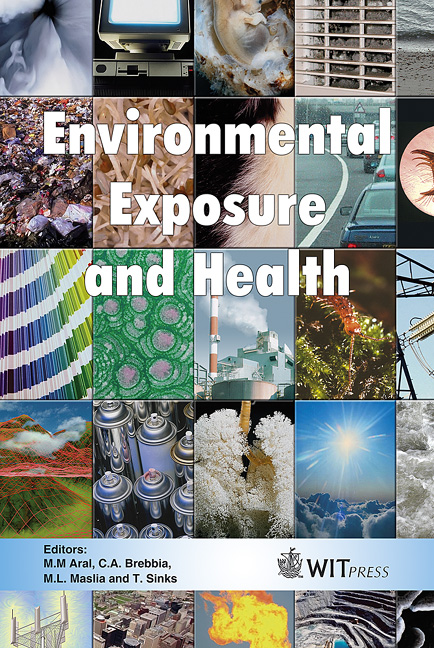The Impact Of Household Solid Fuel Use On Population Exposure And Health In Shanxi Province, China
Price
Free (open access)
Transaction
Volume
85
Pages
10
Published
2005
Size
341 kb
Paper DOI
10.2495/EEH050431
Copyright
WIT Press
Author(s)
H. E. S. Mestl & K. Aunan
Abstract
Indoor air pollution from solid fuel use has been estimated to be responsible for more than 1.6 million annual deaths and nearly 3% of the global burden of disease. In China, 72% of the population lives in rural areas, where most people rely on solid fuels for cooking and heating. In this paper, we combine information on the amount of time spent in different microenvironments, i.e., indoor and outdoor locations, by different age and gender groups of the population, with estimates of the PM10 concentrations in these environments. Contrary to what we expected, we find that the gender differences in timeactivity pattern do not influence the daily exposure significantly. One explanation is that according to our model men and women spend almost equal amount of time outdoors, and the pollution levels in the kitchen and the living areas are comparable. Young children and the elderly spend the most time indoors, and have the highest daily exposure. The rural population has higher exposure than the urban population, even though the outdoor air is significantly cleaner in rural areas. People living in rural areas spend a great amount of time outdoors, but because the indoor air quality is poor they are on average subject to the highest exposure. We find that the rate of both cardiovascular and respiratory disease and mortality may be significantly reduced if the indoor sources are removed or controlled. Keywords: indoor air pollution, coal, China, health impact, exposure. 1 Introduction While ambient air pollution in large cities has long been recognised as a major health concern in China, increased attention is now being paid to indoor air
Keywords
indoor air pollution, coal, China, health impact, exposure.




